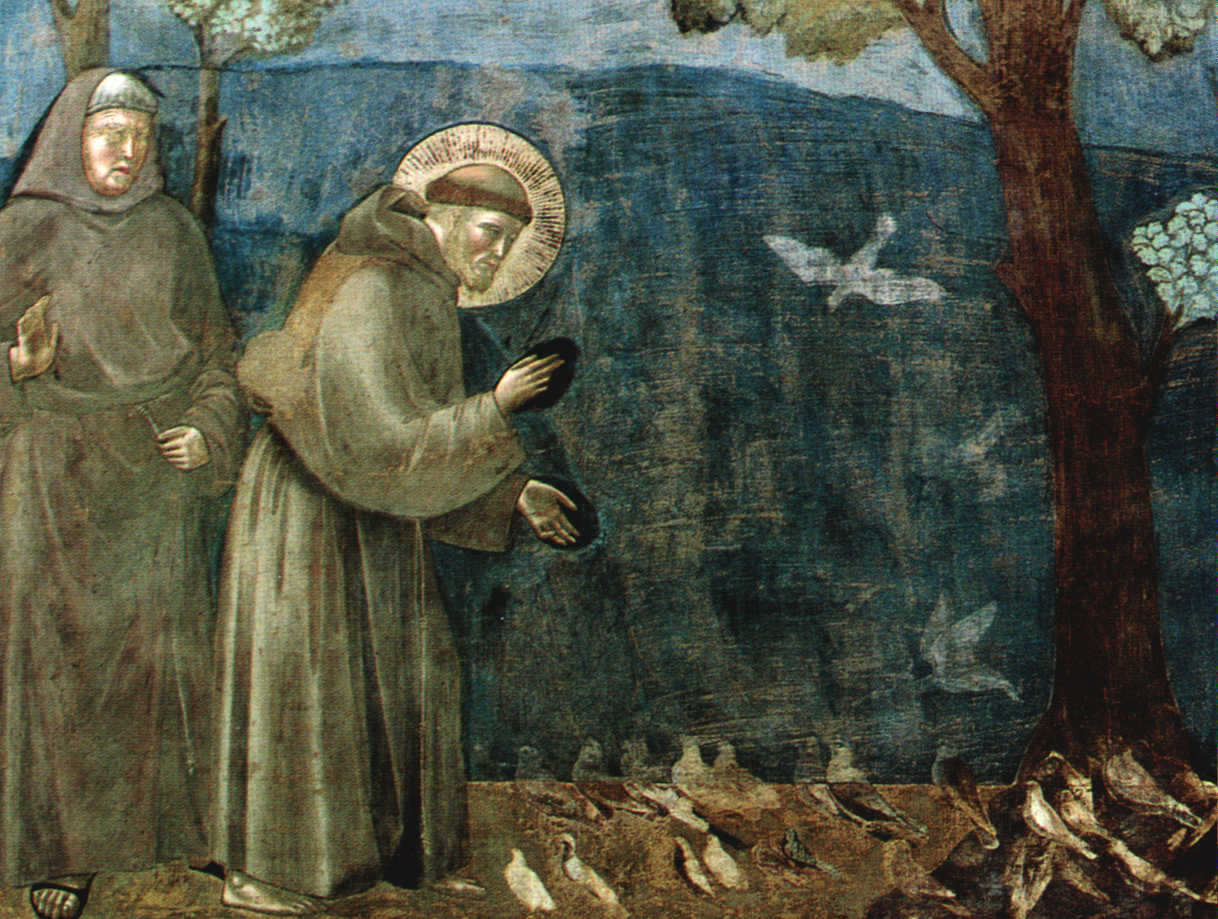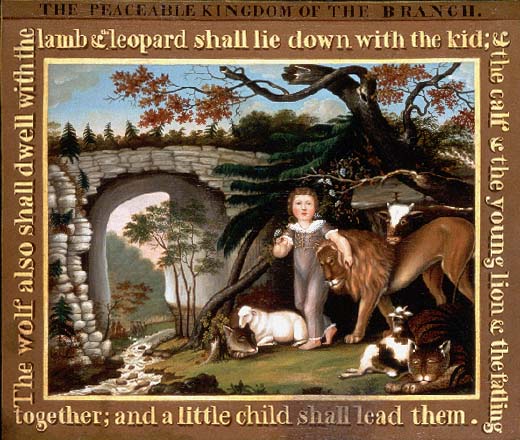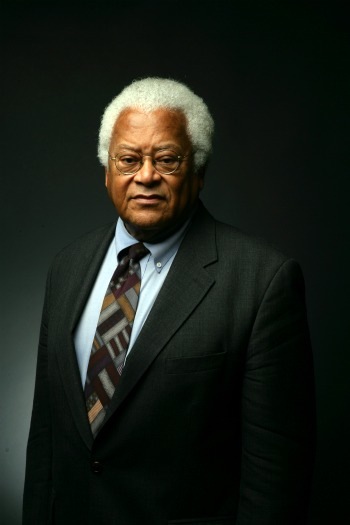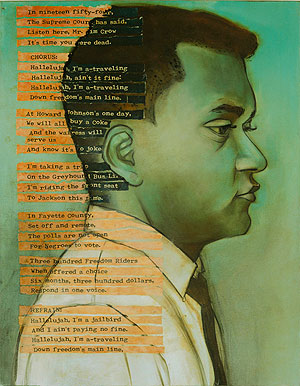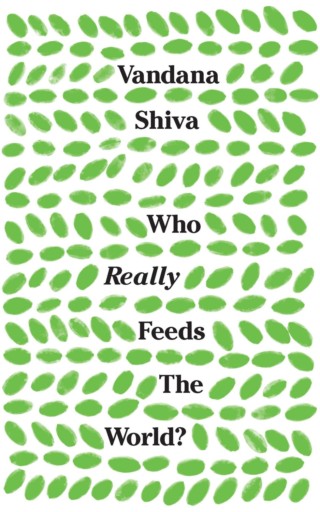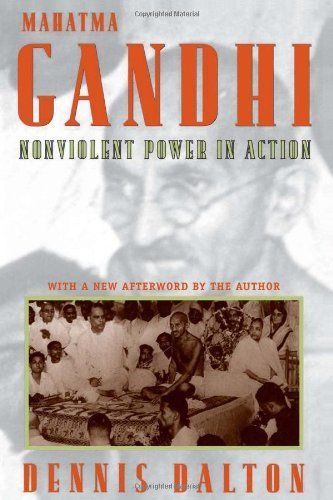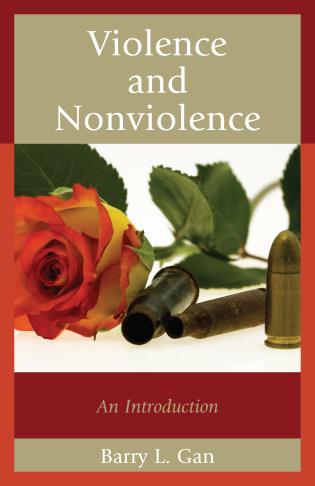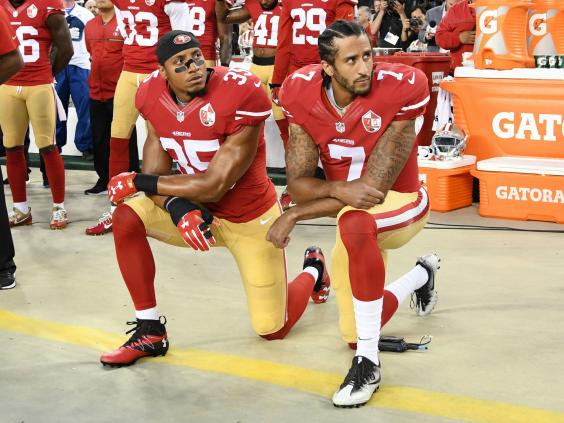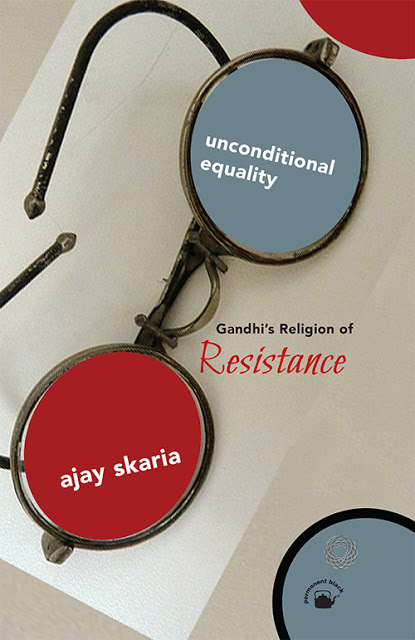Making Our Country a Better Country: The Fellowship of Reconciliation Interview with James Lawson
by Diane Lefer
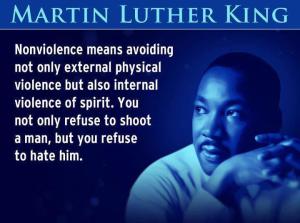
Poster art courtesy fabiusmaximus.com
Editor’s Preface: Martin Luther King, Jr. called James Lawson “the world’s leading theorist and strategist of nonviolence.” To Congressman John Lewis, he is “the architect of the nonviolence movement.” Jesse Jackson calls him simply “the Teacher.” According to author David Halberstam, in his study of the Civil Rights Movement, The Children he was as responsible for sowing the seeds of change in the South as any single person, except perhaps Martin Luther King. This is the third in our series of interviews with Rev. Lawson. Please see the note at the end for further information, and acknowledgments. JG
Diane Lefer: You’ve said we have sufficient activism in this country to have a better country than we have. What are we getting wrong?
James Lawson: Activism has not been appropriating and practicing enough the Gandhian science of social change. What Gandhi called nonviolence or satyagraha – soul force – is both a way of life and a scientific, methodological approach to human disorder. It is as old as the human race and can be found in the oral and written history of the human family from way back. Then Gandhi began to put together the steps you need to take to create change. He is the father of nonviolent social change in the same way that Albert Einstein is the father of 20th-century physics – not the inventor, but the person who pulled it together.


